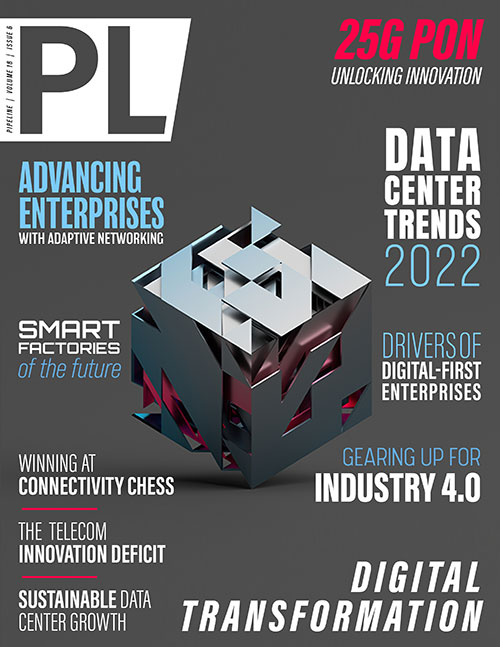Gearing Up for Industry 4.0 with 5G and Native AI
It is because RAN functions such as admission control, radio-resource scheduling, mobility management, and radio-resource management are all currently rules-based. They cannot adapt to the dynamics of the network, or the services accessed by each IoT device. When ML-infused intelligent automation is introduced to power RAN functions, especially in lower protocol layers, it can make decisions dynamically for efficient network resource allocation and improve the subscriber experience. Therefore, it can dynamically boost use cases such as live 4K video.
Critical considerations when infusing AI/ML
The key challenge when introducing ML into the lower RAN layers is the limited time window available for scheduling decisions, which take about one millisecond. For IoT applications where every fraction of a second counts, ML algorithms cannot introduce any delays. Even a few seconds of processing delay can severely impact the overall QoE and undermine spectral efficiencies.
It’s also critical to ensure that ML-based updates can run on existing 5G-gNodeB platforms without requiring hardware-accelerators or GPUs. This can be achieved by introducing intelligence into the most critical and time-sensitive Layer 2 MAC scheduler functions, which play a key role in radio resource allocation. In lab environments, this approach has boosted spectral efficiency by 15 percent while increasing cell throughput by 11.76 percent. This is what empowers operators—public and private—to boost each IoT application’s QoE dynamically. That’s a remarkable capability.
In the MAC layer, AI-powered predictive analytics can forecast and then assign the appropriate modulation and coding scheme (MCS) values for signal transmission based on each IoT device’s signal quality and mobility patterns. The RAN can then intelligently assign MAC resources, across different network layers to meet each bespoke need. For example, it can deliver more accurate MCS predictions, achieve better spectrum efficiency and intelligently handle different devices that have diverse requirements. This automation can efficiently increase the amount of traffic on each cell, giving operators the ability to manage more subscribers and launch new IoT applications successfully.
Powerful, flexible, and greener frameworks
The framework for native AI and 5G utilizes fully containerized architecture. It is cloud-native and runs as a collection of independent and loosely coupled microservices. They are highly scalable and can run on top of public, private, and hybrid clouds—giving operators more flexibility and choice. They use service mesh architecture for managed, observable, and secure communications. And by using APIs and the service mesh to abstract the microservice network’s complexity, this powerful framework allows operators and enterprises to introduce and scale new services fast.
As both the hardware layer and the AI layer are abstracted, manufacturers and other enterprises have the agility, performance, and savings they need to stay connected, competitive and profitable. Connectivity with native AI is critical for the digitization of industries and to accelerate Industry 4.0 initiatives. The AI native approach optimizes the radio resources allocated to users with intelligent link adaptation. This improves QoE and supports mission-critical operations. And improved QoE is one of the key attributes of O-RAN. O-RAN with native AI is a powerful combination.
One of the main benefits of native AI and 5G O-RAN is especially timely. Integrated together, they can deliver outstanding QoE for Industry 4.0 by optimizing radio resources and higher bandwidths. Importantly, it can do so without consuming more radio resources. That is less power consumption to transmit radio signals. Put simply, this improves energy efficiency and enhances sustainability. Sustainability is said to be at the top of telco agendas after research revealed that the industry’s CO2 emissions are nearly twice that of the aviation industry. Clearly native AI on mobile networks can’t come soon enough.



















